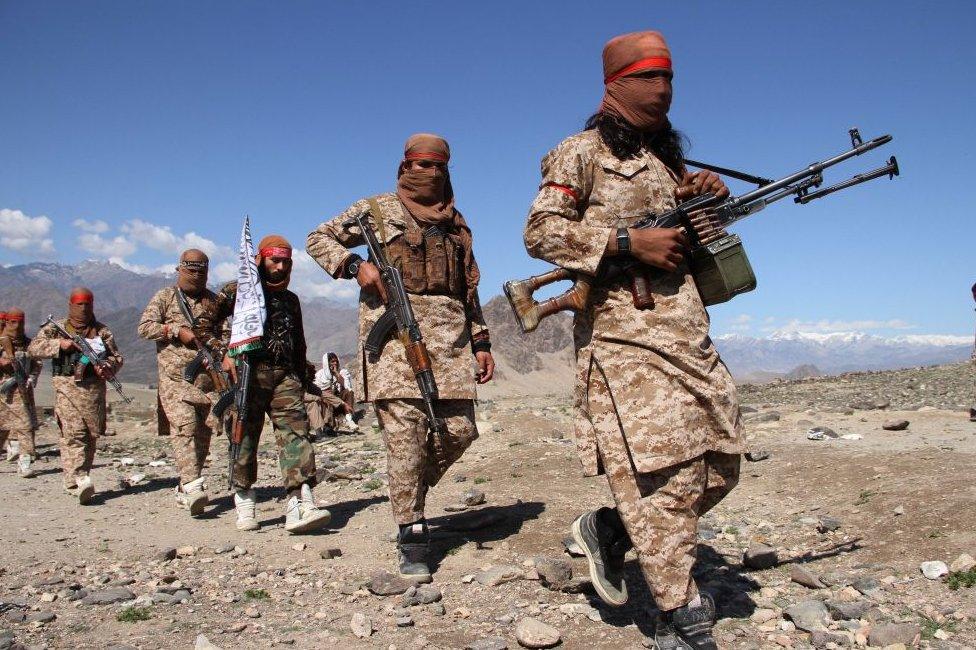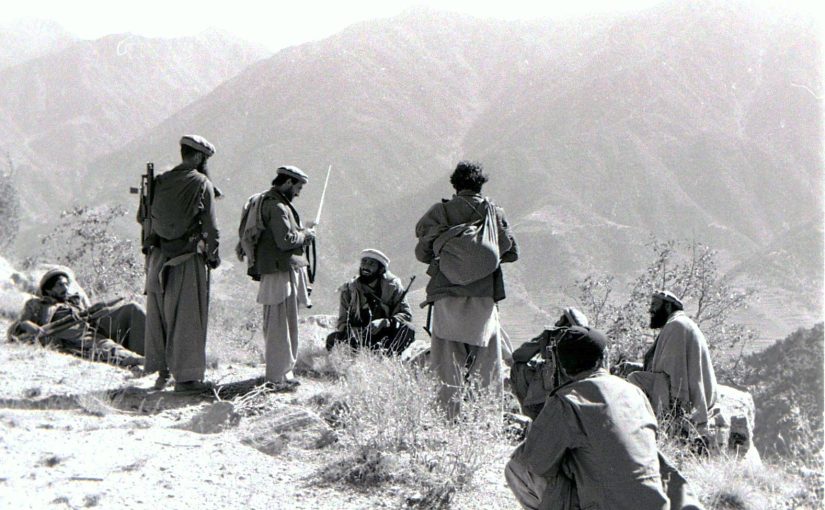In 1973, Mohammad Daoud Khan overthrew his own first cousin, the King of Afghanistan, establishing an autocratic one party nation. Despite his many economic reforms, similar to those of his cousins, Khan’s foreign policy strained tension with neighbours and factions within his own country. Eventually, Khan was overthrown and killed by the People’s Democratic Party of Afghanistan lead by Hafizullah Amin in 1978, making Afghanistan a Communist nation.

Soon, the new Communist Afghanistan, with new President, Nur Muhammed Taraki, began facing struggles. They tried to reform women’s rights, mainly to education, make the state more secular and enacted some awful land reforms. Anyone who spoke out about these reforms would be arrested. Soon, uprisings from Islamic Rural areas began occurring and Taraki began losing control of his nation. During the violence, Taraki was killed by Amin, allowing Amin to ascend to power
Meanwhile, Leonid Brezhnev, General Secretary of the Soviet Union, and the rest of the Kremlin did not trust Amin and decided that in order to secure their next door neighbour, not wanting yet another fundamentalist Islamic country on their doorstep like Iran before it, Amin had to die. On December 27th, 1979, Soviet forces raided the palace, killing Amin, putting a Soviet puppet in his place, Babrak Karmal. Whilst Soviet forces did manage to capture key military forts in cities and urban areas, they were unable to secure the insurgents in the mountainous countryside, who would use the mountainous terrain to wage brutal guerilla warfare. These insurgents were called the Mujahideen. And this was just the ticket, the US needed.
Outside of the Warsaw Pact, the international community strongly opposed the invasion, with many other Communist nations such as China, Muslim majority countries such as Pakistan and many more opposing the occupation. However, no-one was a stronger opponent than the United States, who imposed a trade embargo on Soviet products, boycotted the Olympic Games, which were being held in Moscow that year, and, most importantly funded the Mujahideen.
It was the height of the Cold War, and, after the Iran Hostage Crisis, Jimmy Carter had not won a second term. The new “tough on Communism” Ronald Reagan wanted to limit Soviet expansion as much as possible, whilst also wanting to give the Soviets their own Vietnam.

We must not break faith with those who are risking their lives—on every continent from Afghanistan to Nicaragua—to defy Soviet-supported aggression and secure rights which have been ours from birth.
Reagan in his 1985 State of the Union address.
Over six years, in Operation Cyclone, the CIA would funnel $3.2 billion worth of weapons, economic help and military training towards the Mujahideen. Pakistan was also a large supporter of the Mujahideen’s efforts against the Soviets, serving as an operational base for the Mujahideen. The British were also a key supplier of finances and weapons, with MI6 assisting from their base in Islamabad.
During the war, atrocities were committed by both sides, with the Soviet Forces engaging in chemical warfare and airstrikes on civilian targets, whilst the Mujahideen brutally tortured captives. These acts forced 4 million citizens to seek asylum and did nothing to help either side.
Soon, the USSR, under the new leadership of Mikhail Gorbachev, realised that there was no winning this conflict. It began to slowly withdraw whilst stabilising a Communist government under their new puppet, Mohammad Najibullah, who, despite his decent reforms, did not help the trust in the communist government. They also restricted direct involvement, only training and funding a new Communist Afghan Army, which ultimately resulted in failure.
The Soviet-Afghan War was an absolute catastrophe for the Soviets. It showed the weakness in the Belly of the Bear, and proved that, with time, the Soviet Union could be defeated. Many historians cite the war as laying the groundwork for the collapse of the Soviet Union, only 2 years after the end of the war. The Communist regime eventually collapsed, thrusting Afghanistan into civil war, with one of the factions of the Mujahideen, the Taliban, taking control of the country in 1996 and were not deposed until 2001 during the War in Afghanistan, starting a terrorist insurgency that would last 2 decades, eventually returning to power in 2021 after the American withdrawal from the country. By many scholars, the Taliban and the rule they imposed over Afghanistan, as well as their insurgency, is currently considered to be one of the greatest enemies to the United States and the world at large

The United States respects the people of Afghanistan […] but we condemn the Taliban regime. […] It is not only repressing its own people, it is threatening people everywhere by sponsoring and sheltering and supplying terrorists. By aiding and abetting murder, the Taliban regime is committing murder.
George W. Bush addressing Congress
